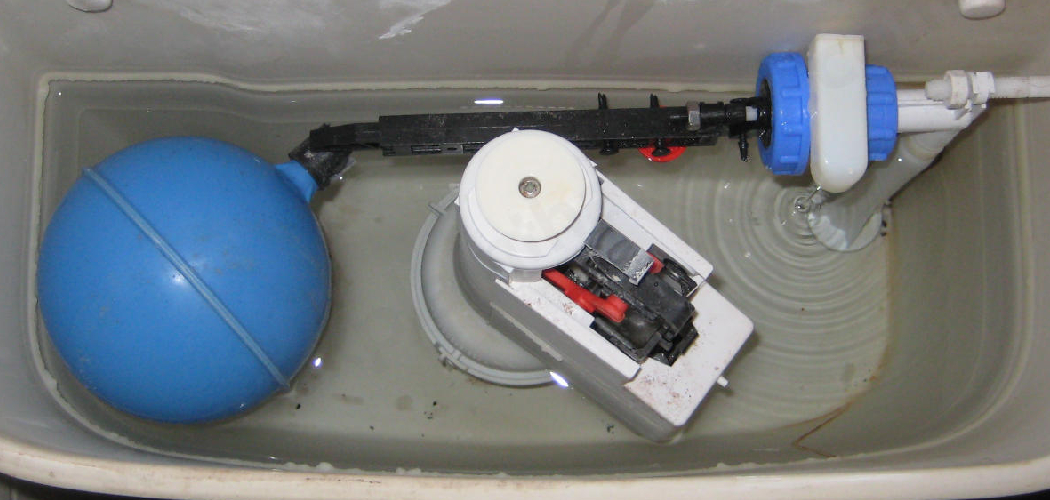Is your toilet filling slower than it should? Filling too slowly can be a big issue, especially if you’ve got guests or family over. But fear not! A slow-filling tank doesn’t indicate a major plumbing problem. In fact, there are several easy DIY solutions that can get your toilet back up to speed in no time.
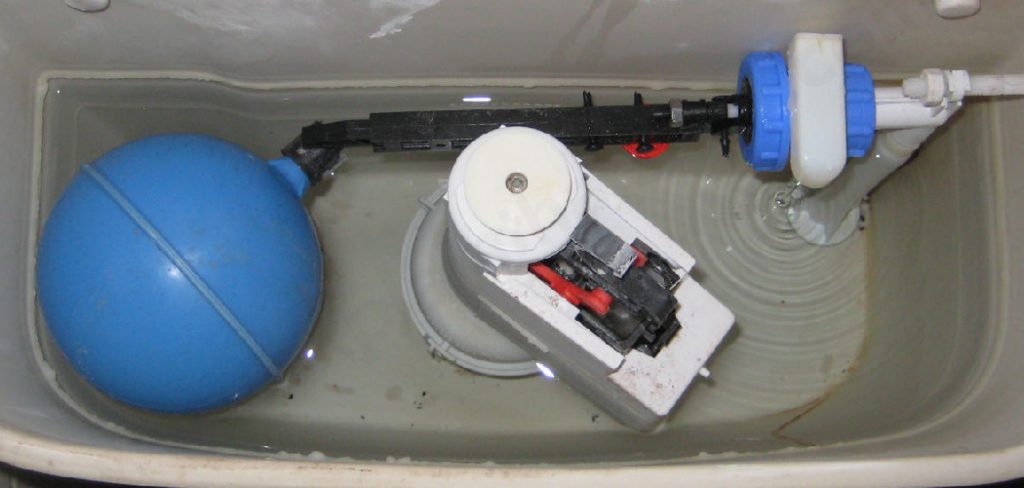
In this blog post, we’ll show you how to diagnose the cause of your lagging toilet and provide instructions for how to fix slow filling toilet tank—including what tools and materials you’ll need—so that you won’t have to call in the professionals. Ready to tackle the job yourself? Read on for our step-by-step guide on fixing your slow-filling toilet tank.
Why Is My Toilet Tank so Slow to Fill?
There are a few possible reasons why your toilet tank is filling slowly. The most common culprits are: clogged or dirty fill valves, obstructed or blocked water supply pipes, low water pressure, and faulty float valves. To troubleshoot these problems, you should start by checking the fill valve for any blockages that could be causing the slow filling.
If there are no obvious blockages, then you should check the water supply lines to make sure they are not blocked or obstructed in any way. Finally, you should also check the float valve to see if it is malfunctioning or if it needs to be adjusted.
In some cases, simply adjusting the float valve can help increase the speed of your toilet tank’s refill time significantly. If all else fails, it could be a sign of an underlying issue, such as low water pressure or worn-out fill valve components that require professional repair. In this case, you should contact a plumber to have the problem diagnosed and repaired accordingly.
Additionally, you can also check if your toilet tank is filled with hard water, which could be causing the slow fill time. Hard water contains a higher amount of minerals and can cause mineral deposits to form in your toilet tank, blocking the water supply. If this is the case, you should install a water softener to reduce the mineral content of your water and increase the speed at which your toilet tank fills.
Cleaning and maintaining your toilet tank can be done by flushing it out with a solution of water and vinegar, rinsing the fill valve, checking for loose connections and other signs of wear, and regularly inspecting the float valve to make sure it is functioning properly. Regular maintenance will go a long way in keeping your toilet running smoothly!
10 Methods on How to Fix Slow Filling Toilet Tank
1. Check the Water Level in the Toilet Tank.
The first thing you should do if your toilet is slowly filling is to check the water level in the tank. If the water level is low, it could be the reason why the toilet is not filling properly. You can adjust the water level by turning the knob on the side of the tank.
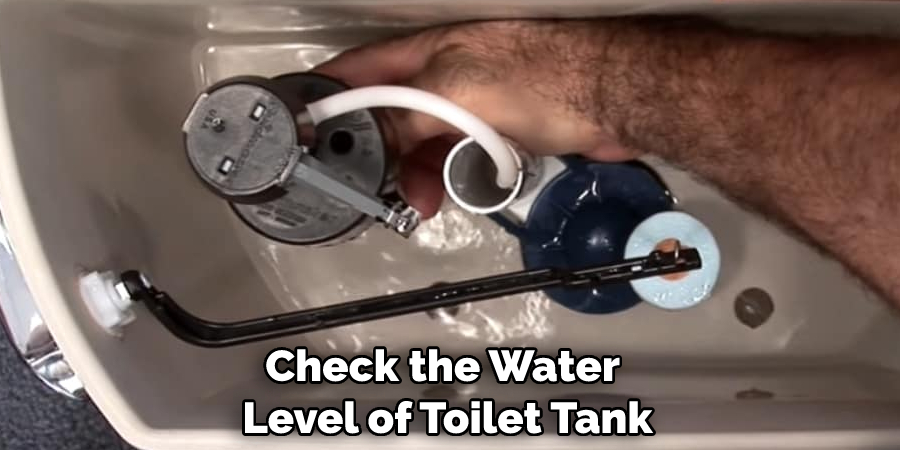
If the knob is already at its highest setting, you may need to adjust the float inside the tank. While you may not think the water level is causing your toilet to fill slowly, it’s worth checking, just in case. Make sure to turn off the water before making any adjustments.
2. Check for Leaks.
If the water level in the tank is fine, then you should check for leaks. To do this, put a few drops of food coloring into the tank and wait 15 minutes. If the food coloring appears in the bowl, then there is a leak, and you will need to replace the flapper valve. While you have the lid off, inspect the tank to make sure there are no cracks or other damage that could be causing a leak.
If all looks well, you can move on to the next step. Additionally, check the water supply line for any signs of leaking. If you notice any water leaking from the line, then you may need to replace it with a new one.
3. Clean the Fill Valve Screen.
If there are no leaks, then you should clean the fill valve screen. This screen can become clogged with sediment over time, which can cause the toilet to fill slowly. To clean it, simply remove it from the valve and rinse it off with water.
If it is too clogged to rinse off, you may need to replace the fill valve. While the fill valve is off, it is also a good idea to check all of the hoses and connections for any signs of wear or damage. Replace any parts that are not in good condition. Once the fill valve screen is clean, reattach it and turn the water back on. You should now have a properly-filling toilet tank.
4. Adjust the Float Ball.
If cleaning the fill valve screen does not help, then you may need to adjust the float ball. The float ball is what controls how much water is in the tank. If it is set too low, then not enough water will enter the tank and the toilet will not fill properly.
To adjust it, simply turn the knob on top of the float ball clockwise or counterclockwise until it is at the desired setting. If the float ball is set too low, turn it clockwise; if it is set too high, turn it counterclockwise. Be sure to test the toilet after each adjustment to see if it is functioning properly. If it still doesn’t fill, try adjusting the float ball again until you find the right setting.
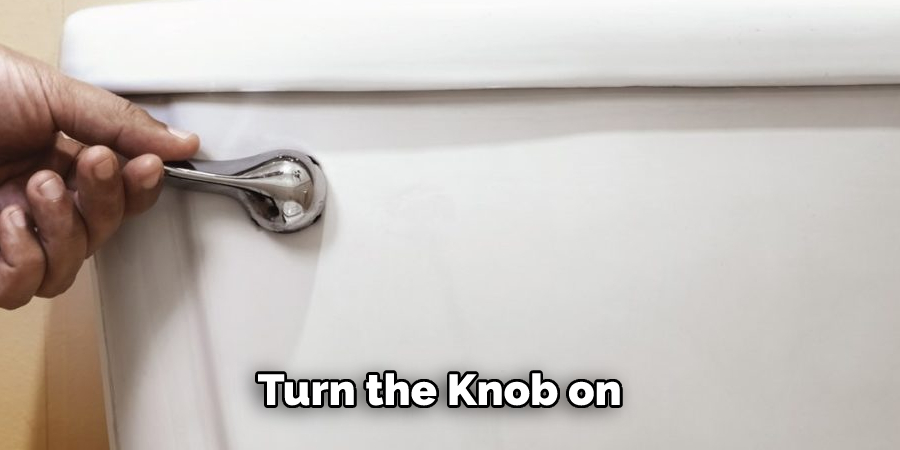
5. Replace the Flapper Valve.
If you have checked for leaks and cleaned both the fill valve screen and float ball, and your toilet still continues to run slowly, then you may need to replace the flapper valve. The flapper valve is located at the bottom of the tank and is responsible for controlling how much water enters the bowl when you flush the toilet.
Over time, it can become worn out or damaged and will need to be replaced. Replacing the flapper valve is an easy process and can be done with a few simple tools. However, before you begin, make sure to turn off the water supply at the shut-off valve located near the base of your toilet. Once your water is off, drain the tank by flushing your toilet and then remove the flapper valve.
6. Check the Water Pressure.
If all else fails, then you should check the water pressure coming into your home. If it is too low, then this could be what is causing your toilet to fill slowly. To fix this, you will need to contact a plumber who can adjust the incoming water pressure accordingly.
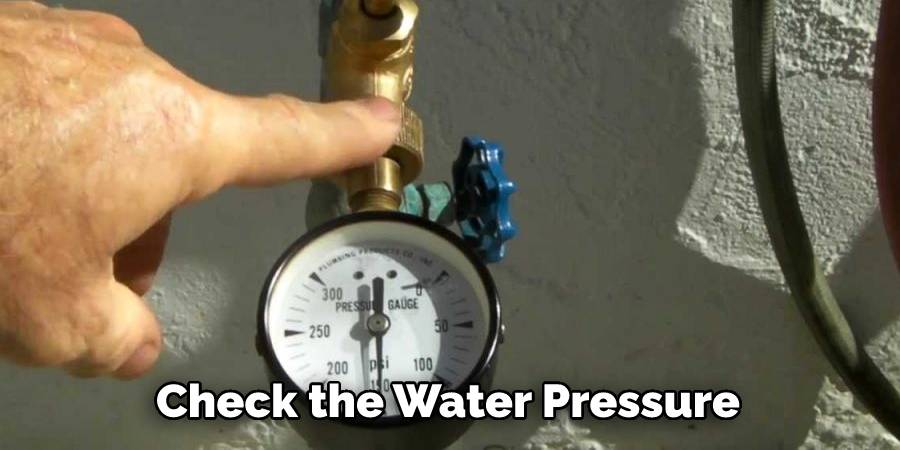
7. Check the Shut-off Valve.
The shut-off valve is located behind your toilet and is responsible for controlling how much water enters the tank. If it is not set properly, then this could be why your toilet is filling slowly. To check it, turn the knob on the side of the valve clockwise or counterclockwise until it is at the desired setting.
8. Replace the Fill Valve Assembly.
If you have checked all of the above and still cannot find a solution to your slow-filling toilet issue, then you may need to replace the entire fill valve assembly. This involves taking apart the tank and replacing both the float ball and fill valve with new parts. This should only be done by a professional plumber as it can be dangerous to attempt this yourself.
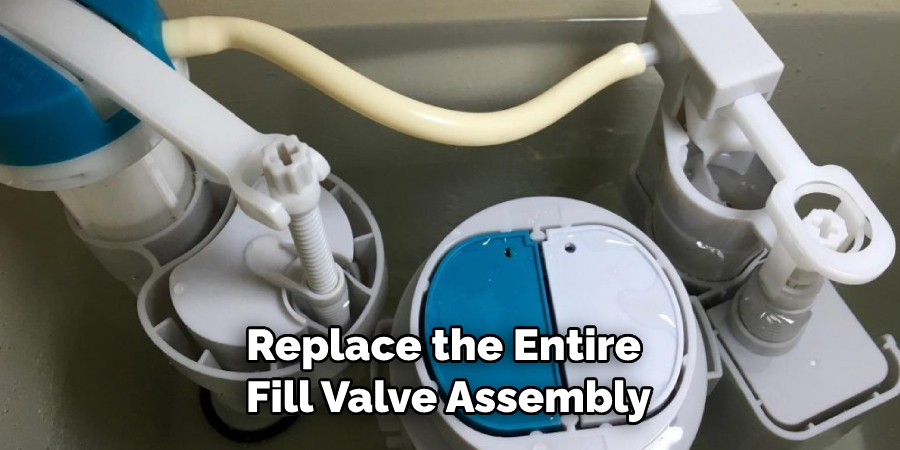
9. Check the Water Supply Line.
If you are still having issues with your slow-filling toilet, then you may need to check the water supply line. This line is responsible for bringing clean water into the tank, and if it is clogged or blocked, then it could be what is causing your toilet to fill slowly. To fix this, you will need to contact a plumber who can unclog or replace the line as needed.
10. Contact a Professional Plumber.
If all else fails and none of these solutions work for you, then it’s best to contact a professional plumber who can figure out what’s wrong with your toilet. A professional plumber will be able to diagnose the issue and make any necessary repairs or replacements that are needed to get your toilet tank filling properly again.
Be sure to ask for estimates before agreeing to any service so you know exactly what it’s going to cost. Doing this can save you from paying more than necessary for a repair job.
Conclusion
Fixing a slow-filling toilet tank is not as hard as it may seem. With these easy steps and the right tools, you can get your toilet tank fixed in no time. Even if things unexpectedly take more time than expected, don’t give up; just take your time, stay safe, and don’t rush.
Your house guests will be grateful that they can now sit comfortably on the throne while enjoying their stay at your place! So why not give yourself the satisfaction of learning how to fix slow filling toilet tanks? Put on some safety gear and start exploring what lies beyond those toilet walls!

